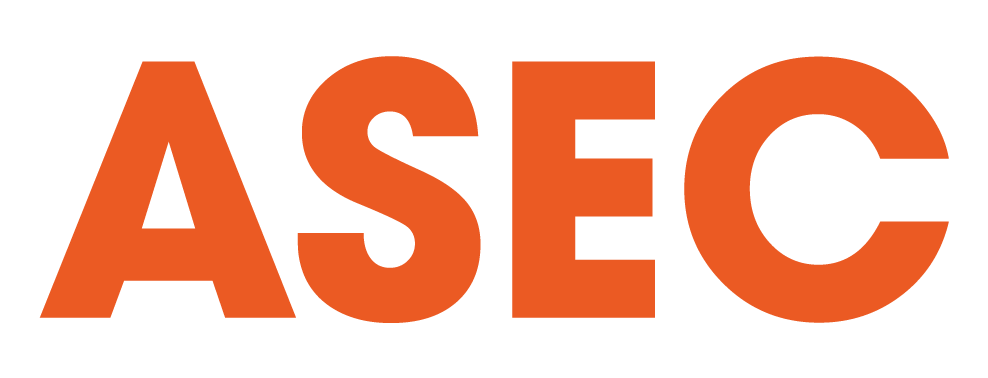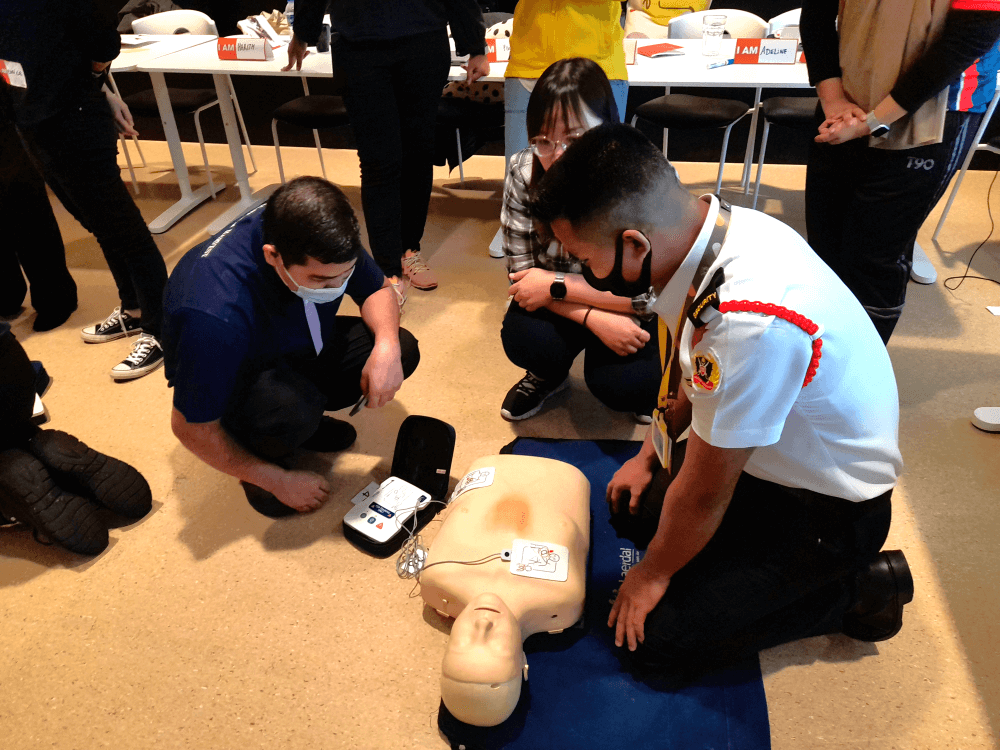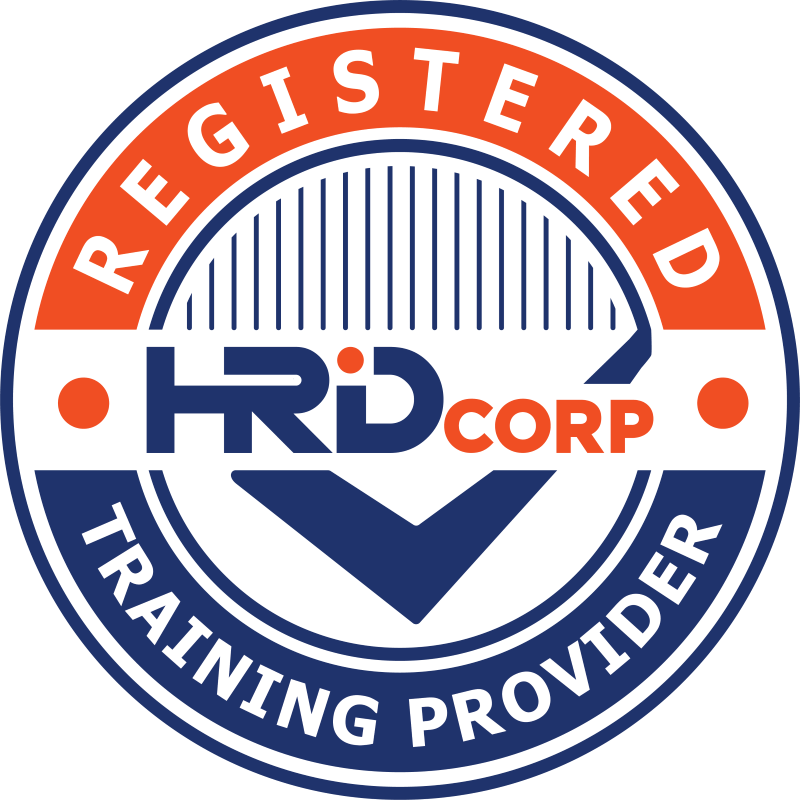Malaysia’s employers are responsible for their employees’ safety, health, and welfare at work, according to the Factories and Machinery Act 1967 and the Occupational Safety and Health Act 1994. Ensuring the availability of trained first aiders in the workplace is essential in ensuring that the injured or ill can receive immediate care before professional help arrives. In the Guidelines On First-Aid In Workplace published by the Department of Occupational Safety and Health (DOSH), there are several requirements for the training of first aiders.
Suitable candidates for first aid training
First aiders in the workplace are responsible for saving lives, preventing the worsening of illness or injury, reducing pain, promoting recovery, and caring for the unconscious. They have to fulfill several criteria:
- Physically fit.
- Free from blood-borne infectious diseases, such as Hepatitis B and HIV.
- Able to leave their work immediately to respond to an emergency.
Upon receiving a certificate of proficiency in first aid, first aiders in the workplace should have a form of identification like a badge, arm band, or vest for easy recognition.
First aid training providers recognized by DOSH
In the past, DOSH issued licenses to approved Occupational First Aid Training Centres in Malaysia that can provide first aid training for first aiders in the workplace. They have since removed the threshold by allowing any organization with qualified first aid trainers to conduct the training. Besides that, employers can go for the following institutions recognized by DOSH:
- Institutions under the Ministry of Health (MOH)
- Hospitals under the Ministry Of Education (MOE)
- National Institute of Occupational Safety and Health (NIOSH)
- Malaysian Society for Traumatology and Emergency Medicine (MASTEM)
- Malaysian Red Crescent Society
- St. John’s Ambulance, Malaysia
Training modules that meet the minimum curriculum requirements
With conventional training methods, first aid training should include lectures, demonstrations, hands-on exercises, and assessments in written and practical formats. The training modules should consist of the following components, including the usage of an automated external defibrillator (AED) which is an important lifesaving equipment in the workplace:
| Main modules | Components |
|---|---|
| Basic Life Support (BLS) | Chain of Surivivals |
| Common cause of Death | |
| Introduction to Cardiovascular System | |
| Introduction to Respiratory System | |
| Coronary Heart Diseases and Risk Factors | |
| Cardiopulmonary (CPR Technique’s) – DR. ABC | |
| Practical session : – Adult one rescuer CPR technique – Adult two rescuers CPR technique – Airway Obstruction – Conscious (Heimlich Manoeuvre) – Airway Obstruction – Become unconscious – Airway Obstruction – Found Unconscious Victim – Care of unconscious victim (Recovery Position) |
|
| First Aid / Basic Trauma Life Support | Introduction to First Aid – Definition and requirements |
| Introduction to basic anatomy – Musculosketal system – Central nervous system |
|
| Introduction to Basic Emergency Principles (DR. ABC) | |
| Patient Assessment – Rapid victim assessment (head to toe) – Identifying life treating conditions – shock, chest injury, internal injuries, chest injury, etc. – Managing injuries based on priority – Communication to the health care provider |
|
| Management of Spinal Injury – Identifying spinal injuries – Care of the injured victim – Immobilisation and transportation |
|
| Management of Medical Shock – Type of shock – Identifying shock (sign and symptom) – Treating shock (first aid) |
|
| Management of Fracture (including amputation) – Identifying fracture (sign and symptom) – Type of fracture (closed and open) – Immobilization of fracture (upper limb, lower limb and extremities) |
|
| Management of Wound – Type of wound – Treating the wound (first aid) |
|
| Practical Session : – Patient assessment – Spinal care and transportation – Immobilisation of fracture – Wound management ( bandaging ,etc) – Managing multiple injury (exercise/simulation drill) |
Besides the mandatory curriculum, first aid training may also contain the following optional components by taking into consideration the needs of the specific industry:
- Burn and scald – fire, hot water, chemical, etc.
- Heat-related disorders – heat stroke, hypothermia, etc.
- Ear, nose, and throat injuries – eye injury (chemical), bleeding from the nose, etc.
- Sports injuries – sprain/strain
- Sting and bites – insect bites, allergic, etc.
- Chemical contact – inhalation, absorption, ingestion, exposure, etc.
Regular training with a well-kept record
First aiders who have received the certificate of proficiency should undergo the training once every three years. Employers are responsible for keeping a training record of the first aiders as proof of competency.
——
According to the occupational accident statistics reported to DOSH in 2022, more than 6,700 accidents that caused death and permanent and non-permanent disabilities happened in the workplace in various sectors. While prevention can minimize the risk of workplace accidents, having trained first aiders in the workplace can potentially prevent death and disabilities during an emergency. These published guidelines by DOSH provide a good reference for employers to appoint and train first aiders.


